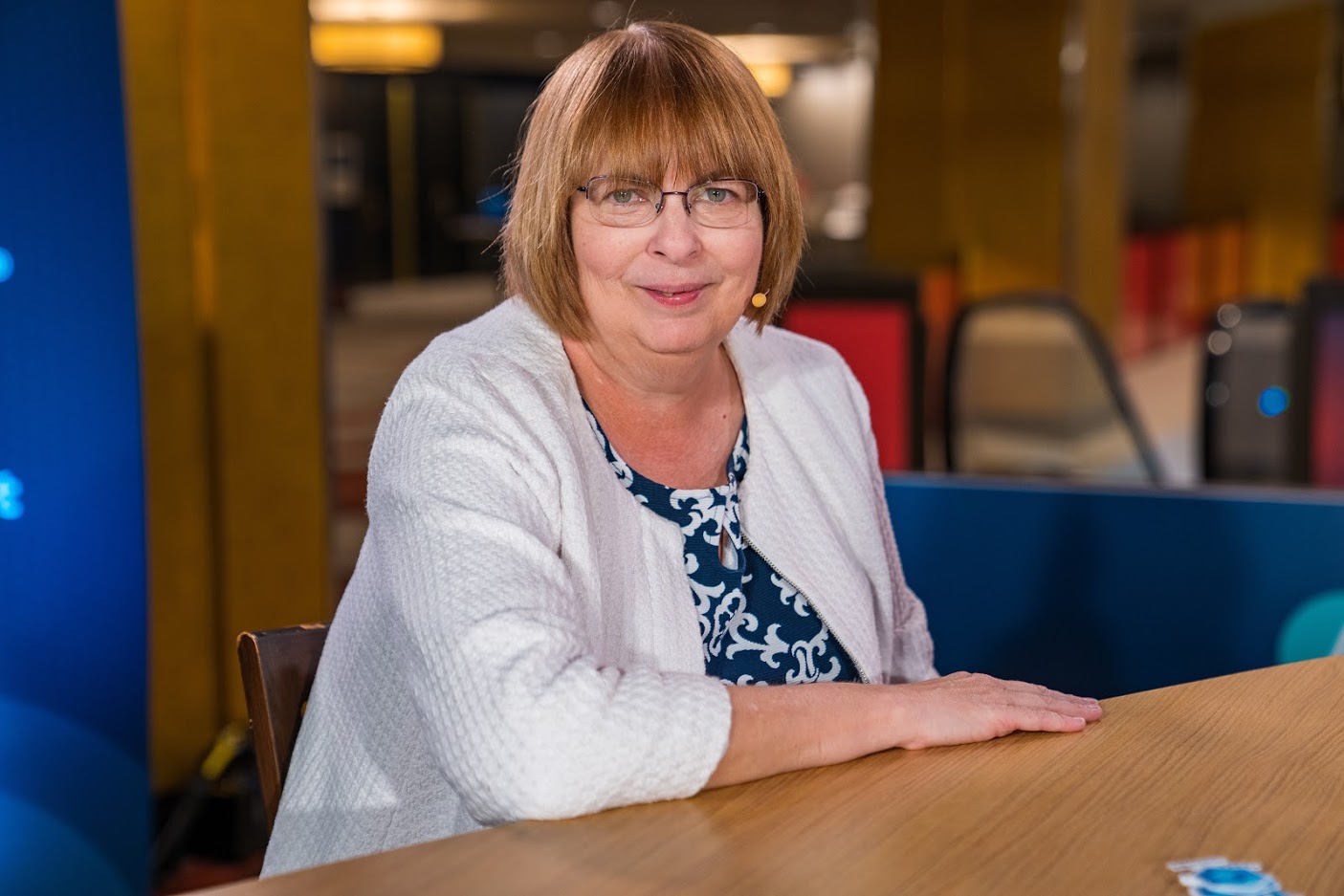 AI
AI
 AI
AI
 AI
AI
While automation was once a siloed solution for problems in the information-technology department, enterprises are realizing they can get more done in less time by using automation across multiple teams, taking both integration and collaboration to the next level.
Red Hat Inc.’s Ansible Automation Platform is looking to do just that, bridging the gap between organizations and their digital transformations with open-source solutions.
“I think what we’re seeing is organizations trying to reduce the number of individual siloed automation tools they’ve got, but they’re still probably going to have more than one to do the full stack with something acting as a policy-driven control plane and analytics-driven control plane in the middle,” said Mary Johnston Turner (pictured), research vice president for cloud management at IDC Research Inc.
Turner spoke with John Furrier (@furrier) and Stu Miniman (@stu), co-hosts of theCUBE, SiliconANGLE Media’s mobile livestreaming studio, during the AnsibleFest event in Atlanta, Georgia. They discussed Red Hat’s Ansible Platform and advancements in automation and collaboration (see the full interview with transcript here). (* Disclosure below.)
[Editor’s note: The following answers have been condensed for clarity.]
Furrier: IT operations have been an evolving thing [with] AI and automation really changing the landscape of this data equation. Now with the world changing to be more software-driven, software-led, a lot’s changed. What does your research say about the IT ops landscape?
Turner: You have to put it in the context of what’s going on generally with IT. We’re clearly seeing DevOps … either in production or in large-scale testing in the majority of enterprises. We’ve got lots and lots of containers and Kubernetes usage; we’ve got multiple clouds in just about every enterprise you talk to — well over 90%.
What that all means is that there’s just a lot of change on a lot of different levels. That’s put stress on traditional, operational approaches on task-oriented automation, siloed approaches to control and monitoring. What we’re really starting to see is now a move to how to become more integrated, more unified, and more collaborative across all these teams. That’s actually driving demand for a new generation of monitoring automation and analytics all put together.
Miniman: What’s your thoughts on the Ansible Automation Platform? And what feedback do you have to customers as to how they’re deciding which platforms and how many platforms that they’ll develop on?
Turner: One of the things that the Ansible team’s really focusing on that’s important is the modularity — the fact that you can plug and play and kind of grow over time. Also, that it’s a very software-driven paradigm with the automation artifacts under source control, which is kind of different for a lot of ops teams. So, I think that having a platform approach that still allows a fair amount of modularity integration — and it lets different parts of the organization decide over time how much they want to participate in a very curated, consistent integration.
At the same time, at least in the Ansible world, because of the way it’s architected, they can still have modules that call out to other automation solutions that are in the environment. So it’s not an all or nothing, and I think that’s really, really important. It’s also a platform for data about what’s going on with the automation.
Miniman: How’s Ansible doing as a business? Anything you can share about how they’ve been doing about four years into the Red Hat acquisition?
Turner: They’re growing pretty effectively. I think this whole category is growing, and so they’re benefiting quite a lot from that. I think we are seeing really strong growth in the partner communities. Particularly here at this show, we are seeing larger and larger scale partnerships, more and more investment. I think that is really important, because ultimately for a technology like this to scale, it’s got to become embedded in all kinds of solutions.
Watch the complete video interview below, and be sure to check out more of SiliconANGLE’s and theCUBE’s coverage of the AnsibleFest event. (* Disclosure: TheCUBE is a paid media partner for AnsibleFest. Neither Red Hat Inc., the sponsor for theCUBE’s event coverage, nor other sponsors have editorial control over content on theCUBE or SiliconANGLE.)
THANK YOU